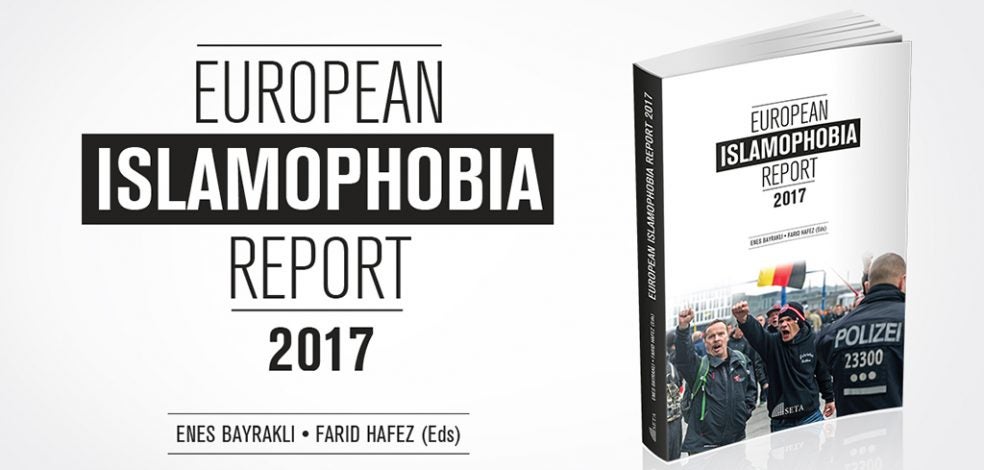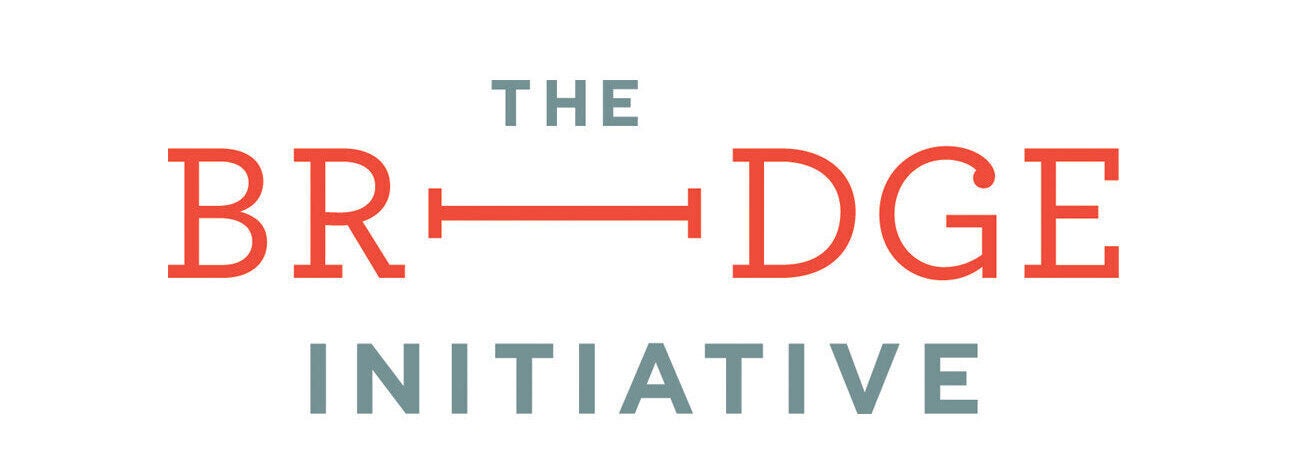
Photo: SETA 2018.
Reviewing a Year of Islamophobia in Europe
Forty scholars, among them some anti-racist civil society activists, from various European countries have produced the annual European Islamophobia Report (EIR), which is published by SETA and will be released on April 1, 2018. For 2017, 33 countries – seven more than in 2016 – are covered. The report includes all EU member states except for Luxembourg as well as additional countries such as Russia and Norway. As we know from the Second European Union Minorities and Discrimination Survey’s findings on Muslims, only 12% of Muslims say they have reported cases of discrimination to police or anti-discrimination institutions. The 2017 European Islamophobia Report indicates that the rate is much higher, but the majority of incidents go unreported. Hence, we can say with certainty that the extent of discrimination Muslims face in Europe is much greater than the numbers revealed in any statistics on anti-Muslim hate crime in Europe. In other words, one can claim that all the available data and statistics about Islamophobia in Europe show only the tip of the iceberg. In this regard, supranational organizations such as the OSCE ODIHR have clearly stated the need that “governments have a central role to play in ensuring access to justice; from the initial assessment of victims’ needs by police officers, to support mechanisms for victims through governmental or nongovernmental institutions.” Therefore, revealing the comprehensiveness of structural anti-Muslim racism lies at the heart of the EIR project and its annual reports. The EIR analyzes the state and development of Islamophobia in the areas of employment, education, politics, media, the justice system, Internet, and the organized Islamophobic network. Every country report concludes with numerous recommendations for civil society, politics and state actors. Beyond the 33 national reports, the introduction to the EIR also discusses issues on a supranational level and certain trends that can be identified. Given judgements such as the one by the European Court of Justice (EJC) regarding the wearing of religious garments in work, the supranational level should not be ignored. We especially think that the European Parliament should adopt a resolution on combatting Islamophobia with concrete policy recommendations and ways forward – as it did to combat anti-Semitism and anti-Roma racism. We also recommend adoption of EU standards for National Action Plans against Racism that take into account specific forms of racism, and include specific measures on Islamophobia with objectives and targets.
There are specific trends we can observe in many European countries. These include the ongoing rise of the far-right in Europe. While most far-right parties are still in opposition to ruling parties, some have gained major influence by becoming governing parties such as in the cases of Austria, Bulgaria, and Finland. The Islamophobic discourse central to most far-right parties has become mainstream, having been co-opted by former centrist political parties. That is because far-right parties in opposition foster a more openly racist discourse in many European countries, more explicitly racist utopianism and harsher and more direct antipathy toward Muslims, and thus play a crucial role in the normalization of anti-Muslim discourse in Europe. Many of the policy claims made by racist parties are adopted by centrist parties as we have seen with the legal restrictions regarding the construction of mosques and the ban of the Hijab or full face veil. The coopting of Islamophobia by several figures from centrist parties can be observed from Austria, Poland, Hungary to Spain, Denmark and Finland.
Regarding the major components of Islamophobic discourse, we can identify the denial of the suffering of Muslims, delegitimizing the very notion of Islamophobia itself. As with Holocaust deniers, Islamophobes deny the atrocities of Srebrenica, for example. This Islamophobia denial finds expression in the self-proclaimed liberal camp, as well. Here, we especially see the misuse of academic sources in an effort to legitimize conspiracy theories such as the purported take-over of Europe by Muslims. Many of the Islamophobic groups start online and eventually materialize after succeeding in mobilizing a critical mass of potential followers. The pan-European Identitarian Movement and similar organizations, which represent the New Right of Europe, are getting more vocal and active throughout Europe.
At the political level, Islamophobia becomes more and more institutionalized. The Austrian government passed a law that outlawed the veiling of the face. Romania followed with a legislative proposal for the ban of face veiling in educational institutions initiated by the ruling People’s Movement Party (PMP). In Belgium, the parliament voted for limitations on ritual slaughter of meat including the prohibition of Muslim halal slaughter. Also, a debate on a state takeover of the Grand Mosque of Belgium began. In Finland, a citizens’ initiative was launched to amend a law in favor of a “Burka Ban.” Religious infrastructure is similarly threatened in Bulgaria, Slovakia and Greece. On the international level, the European Citizens’ Initiative against Extremism (Stop Extremism) was founded on June 7. The initiative came under criticism when leaks by the weekly Falter revealed that more than 20,000 Euros, the budget specified by the EU Commission, could potentially be used to restrict Muslims’ religious activities. Stop Extremism calls for “the introduction of a joint, EU-wide watch list to which individuals and organizations with an extremist background” as well as for the introduction of an “Extremism-free” certification for organizations and businesses. Initiatives like this seem to target specifically Muslims, not extremists, and to restrain their scope of activities.
Muslim institutions are also facing more and more violent attacks. According to the DITIB in Germany, there were 101 attacks on mosques throughout 2017. The 22-year-old Egyptian student Shaden Mohamed al-Gohary was killed in a hit-and-run incident in Cottbus, Germany. The most shocking part is that while she lay injured on the street, people started insulting her in racist ways, believing she was a refugee. The attackers eventually came back on foot and said, “Well, they gotta check the street first, since they don’t have streets at home. They should fuck off to their damn country.” Examples like this show the dramatic level of hatred that Islamophobic ideology is able to seed in the people. Islamophobia is – at the end – a problem for all. In Germany, the conservative mayor of Altena, Andreas Hollstein, known for his welcoming stance towards refugees, was stabbed in the neck and seriously injured allegedly by a man protesting his immigration stance.
There are more examples one could count here from the West to the East of Europe, but the point is, as the report again reveals: Islamophobia is real and it is a threat not only to Muslims, but to democracy itself.
* The whole European Islamophobia Report 2017 and the separate country reports can be downloaded here.
Twitter: @islamophobiaEIR
Enes Bayraklı (German-Turkish University, Istanbul) and Farid Hafez (Georgetown University, The Bridge Initiative) are both political scientists and editors of the annual European Islamophobia Report that was launched for the first time in 2015.

 Search
Search